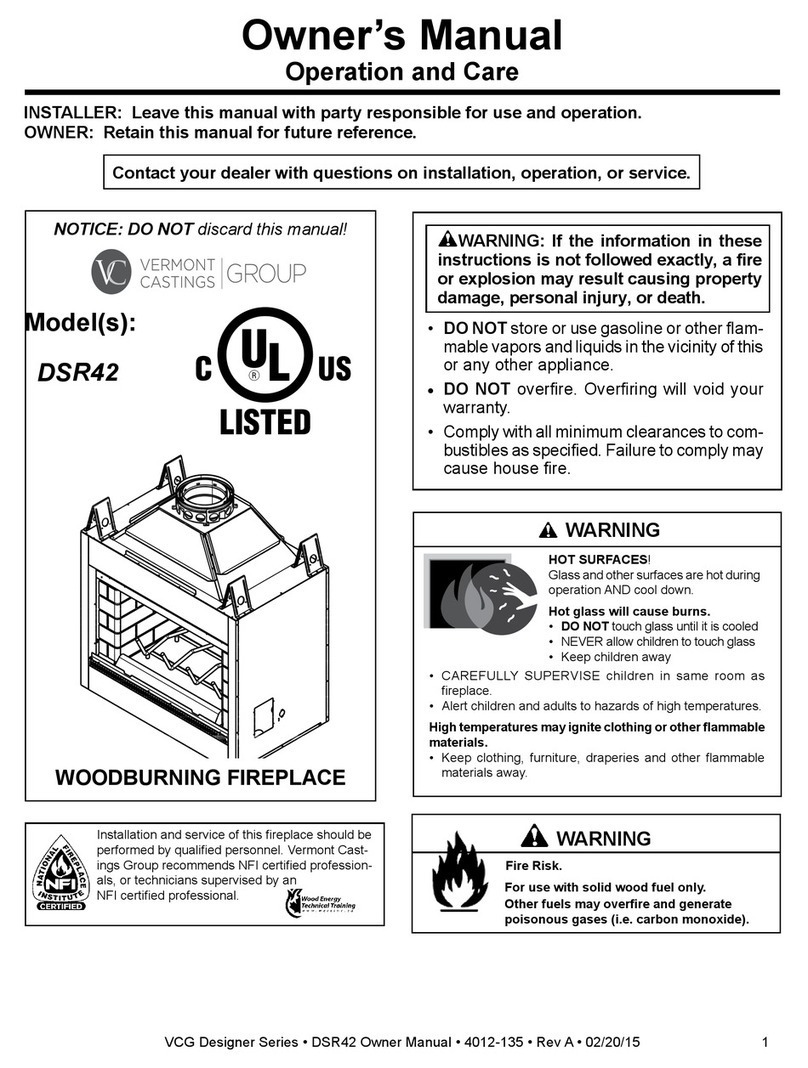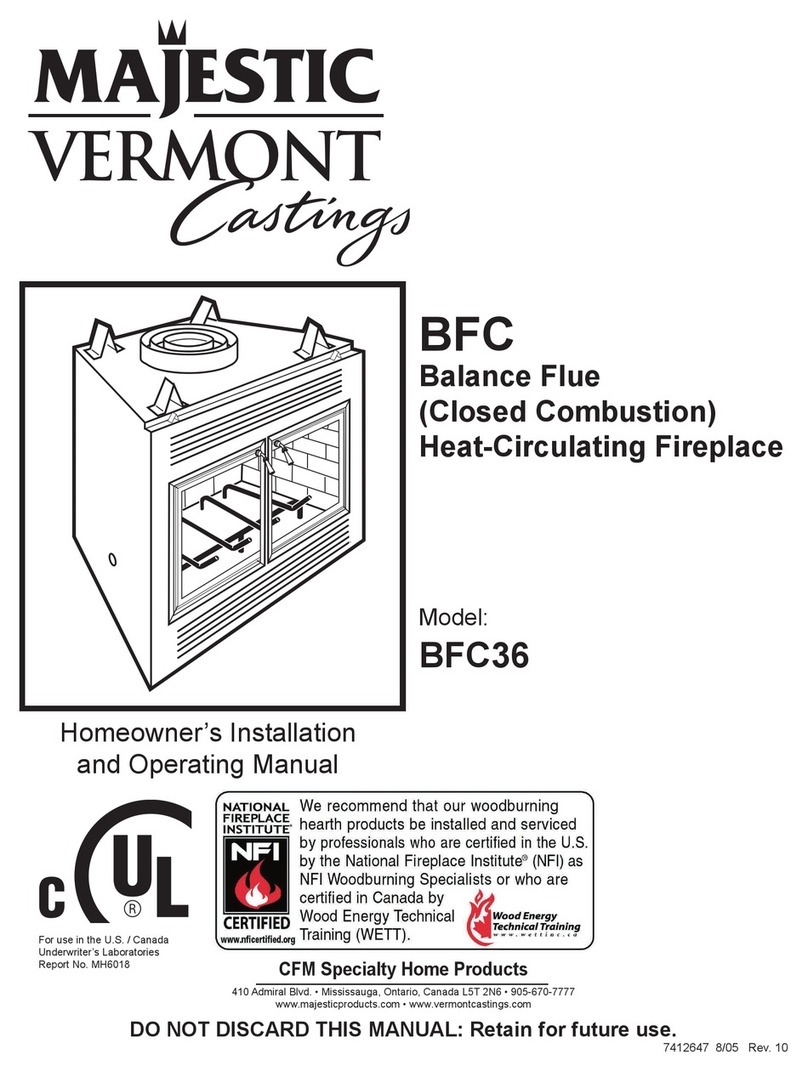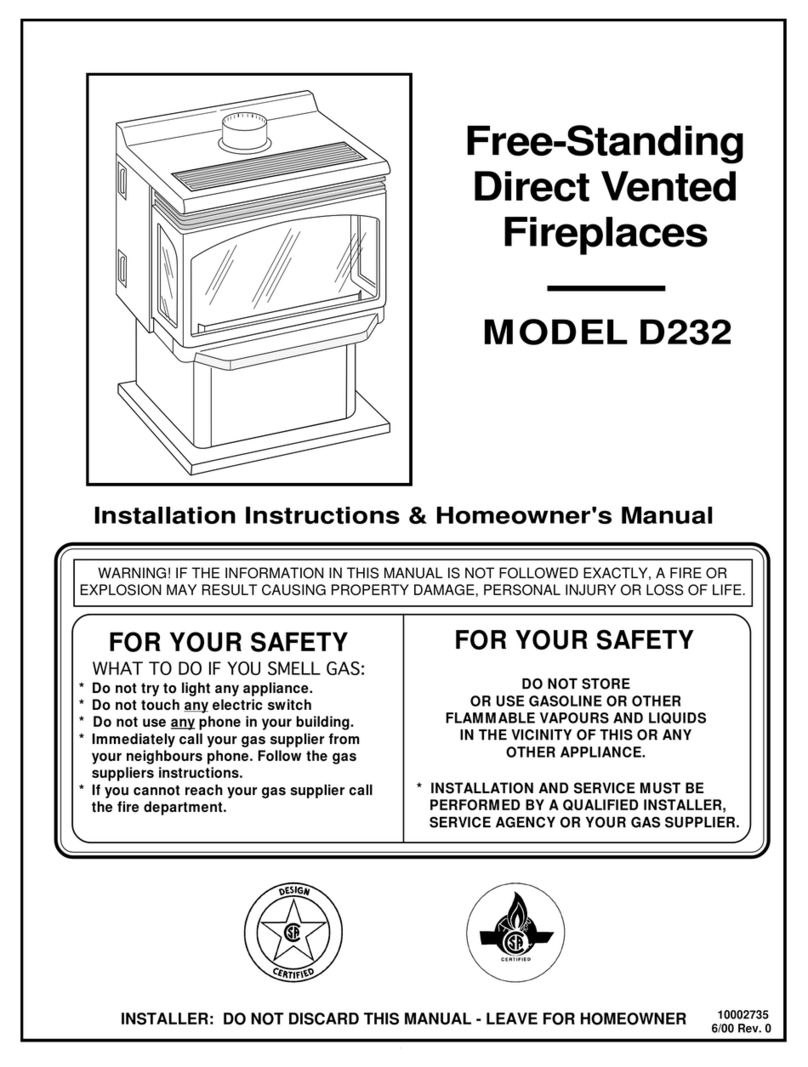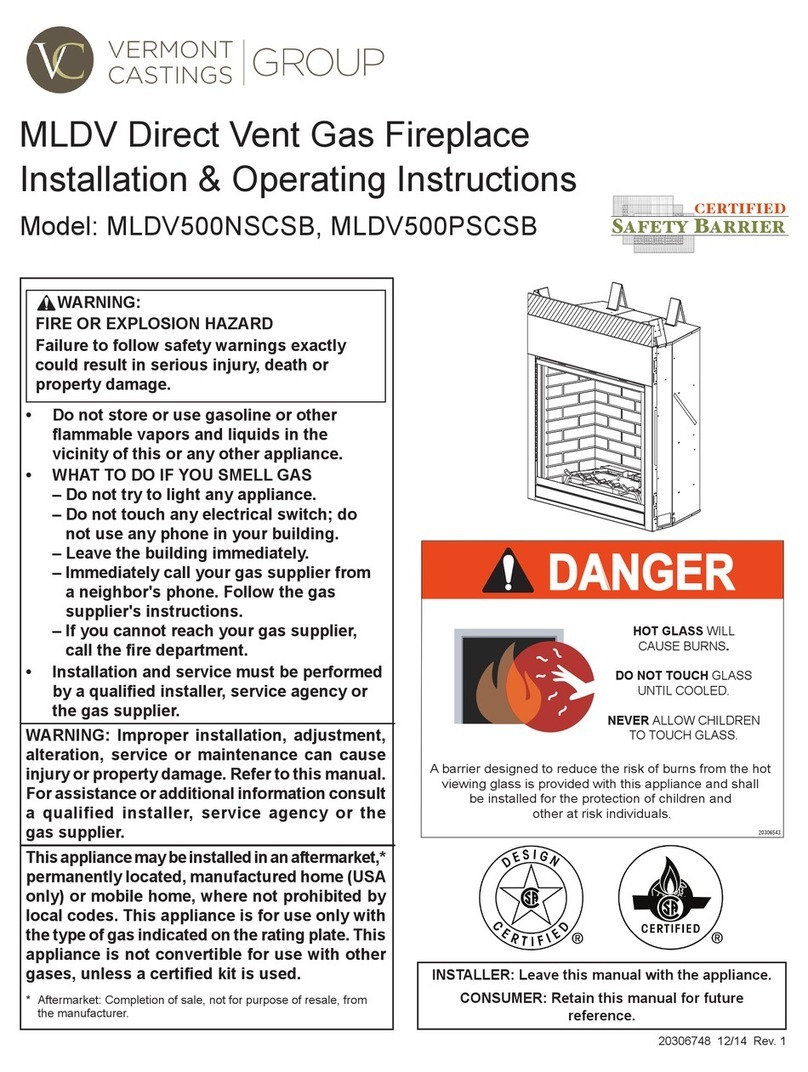Vermont Castings GIFFORD-CB User manual
Other Vermont Castings Indoor Fireplace manuals
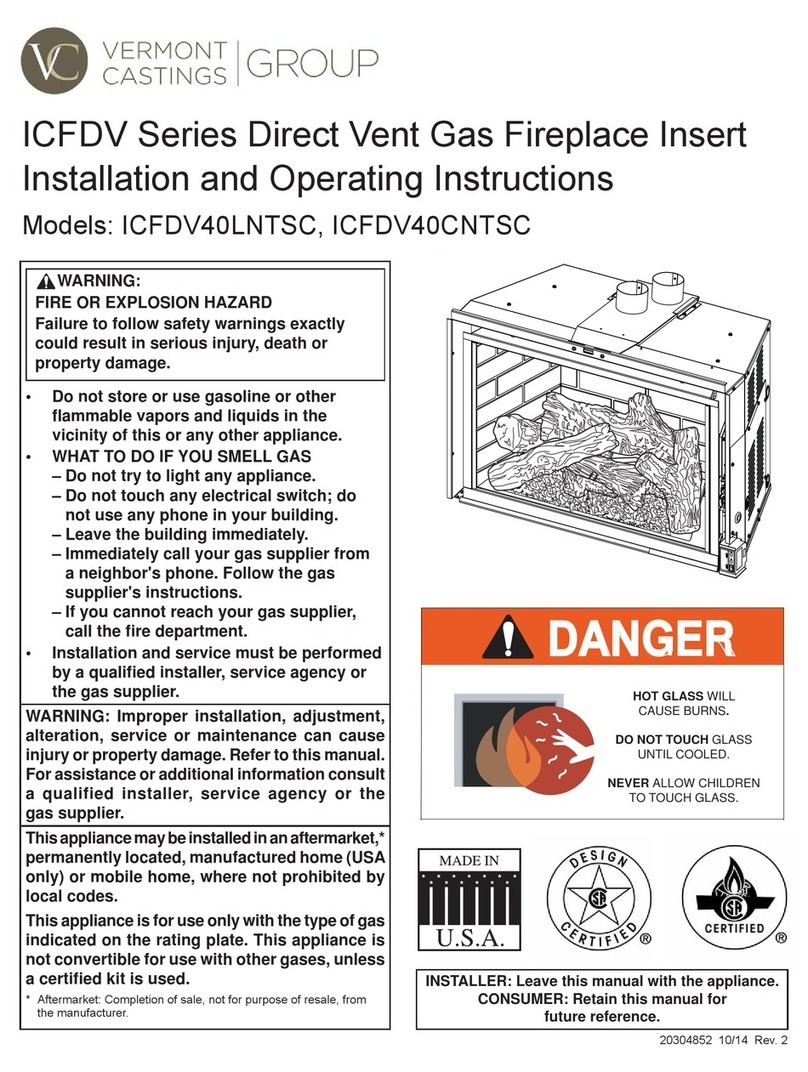
Vermont Castings
Vermont Castings ICFDV40LNTSC User manual

Vermont Castings
Vermont Castings Montpelier Mounting instructions
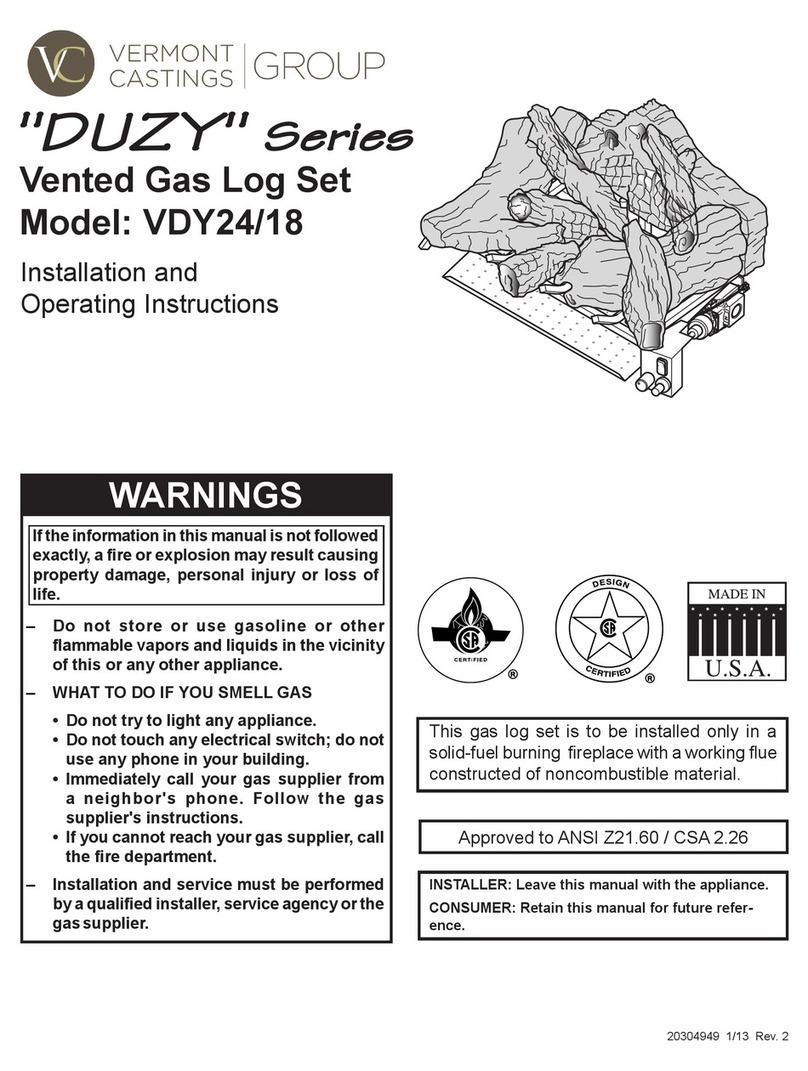
Vermont Castings
Vermont Castings DUZY VDY24/18 User manual
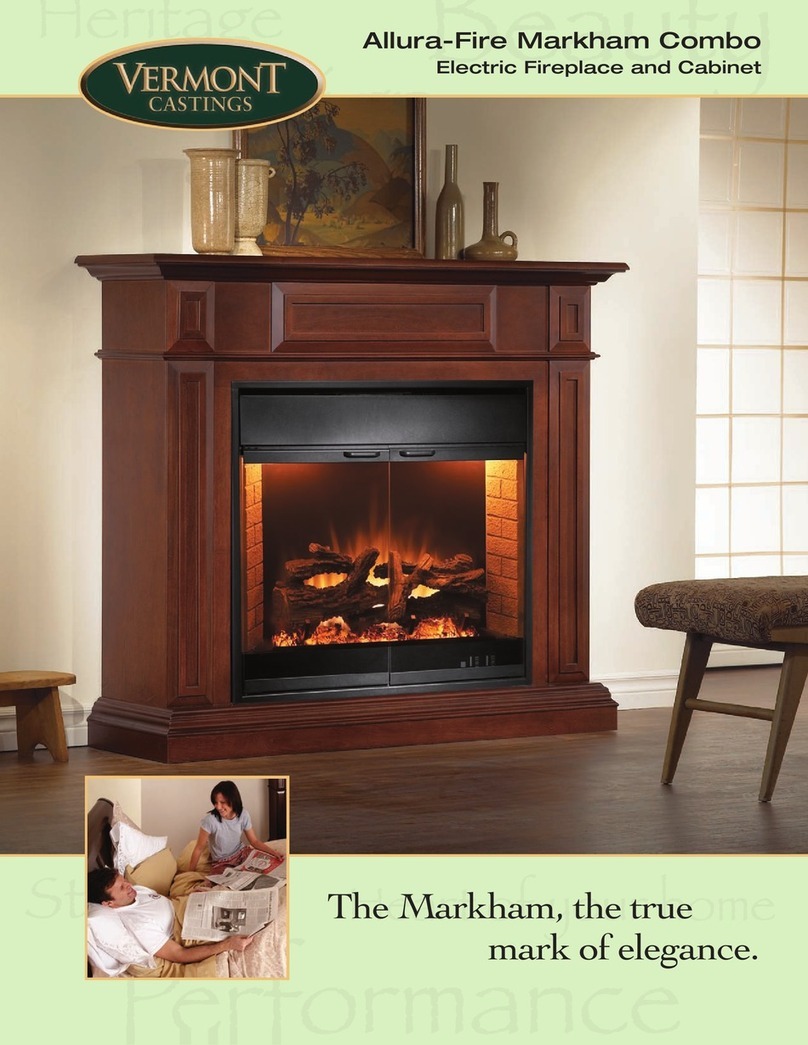
Vermont Castings
Vermont Castings Allura-Fire Markham Combo MKWCO33 User manual
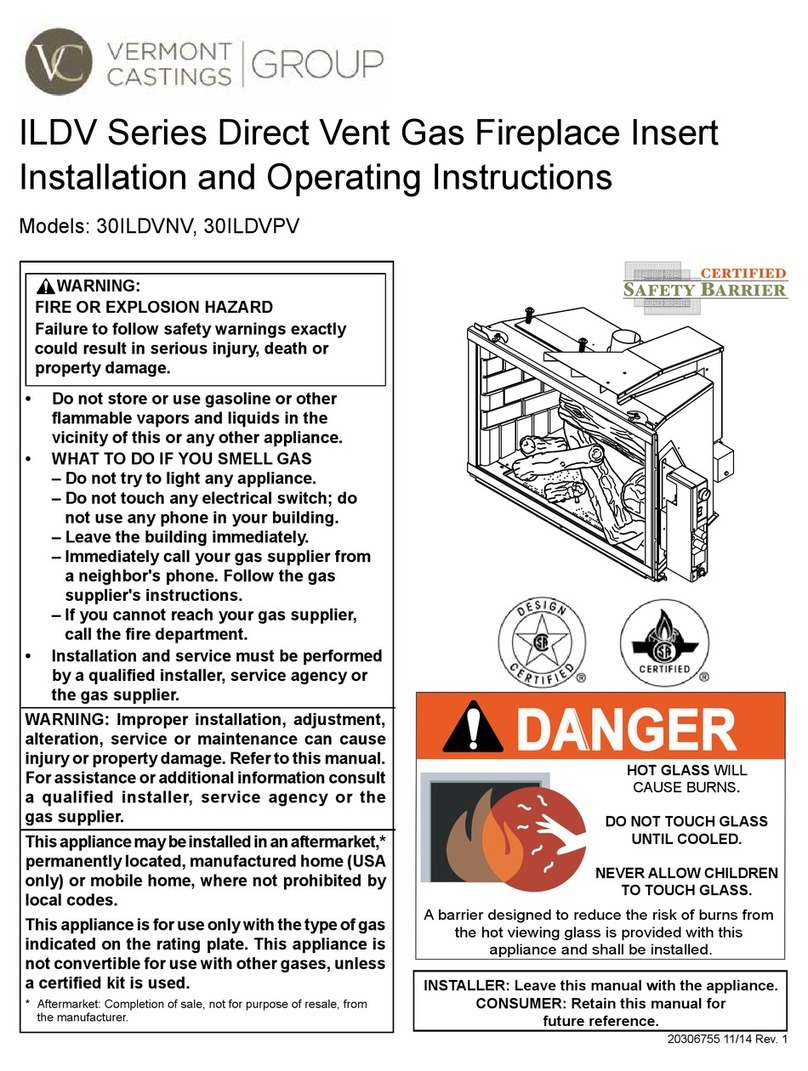
Vermont Castings
Vermont Castings 30ILDVNV User manual
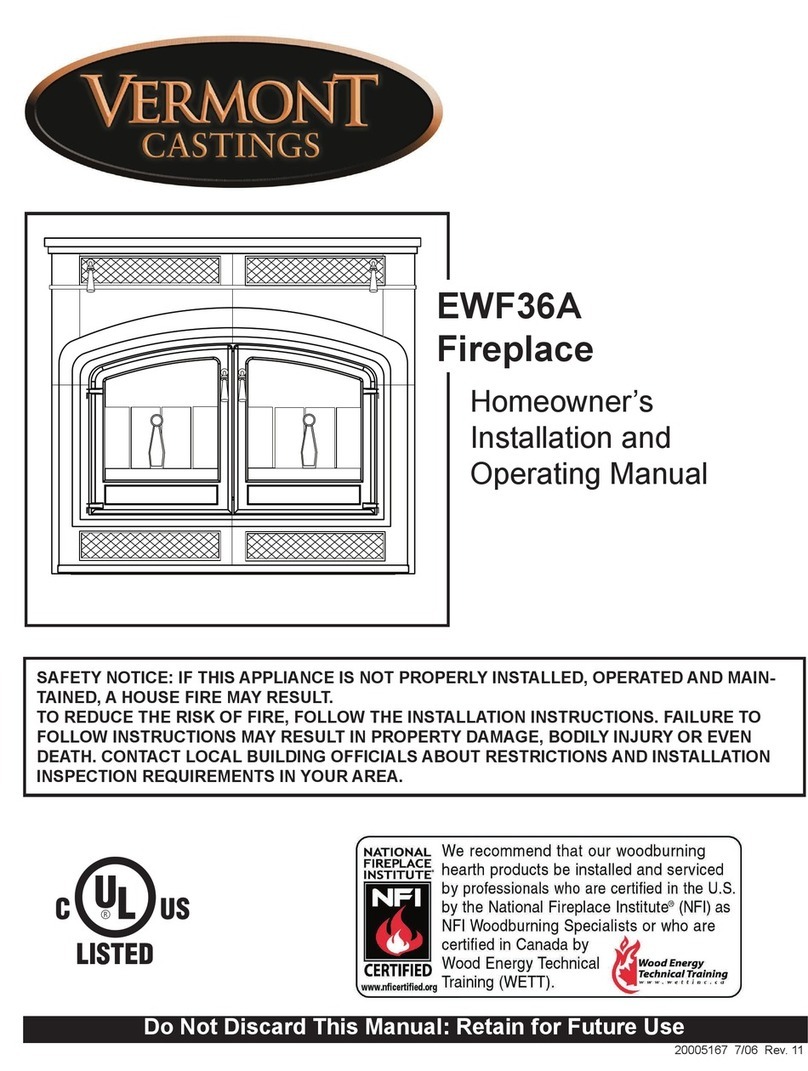
Vermont Castings
Vermont Castings EWF36A Mounting instructions

Vermont Castings
Vermont Castings VLI31DVN User manual
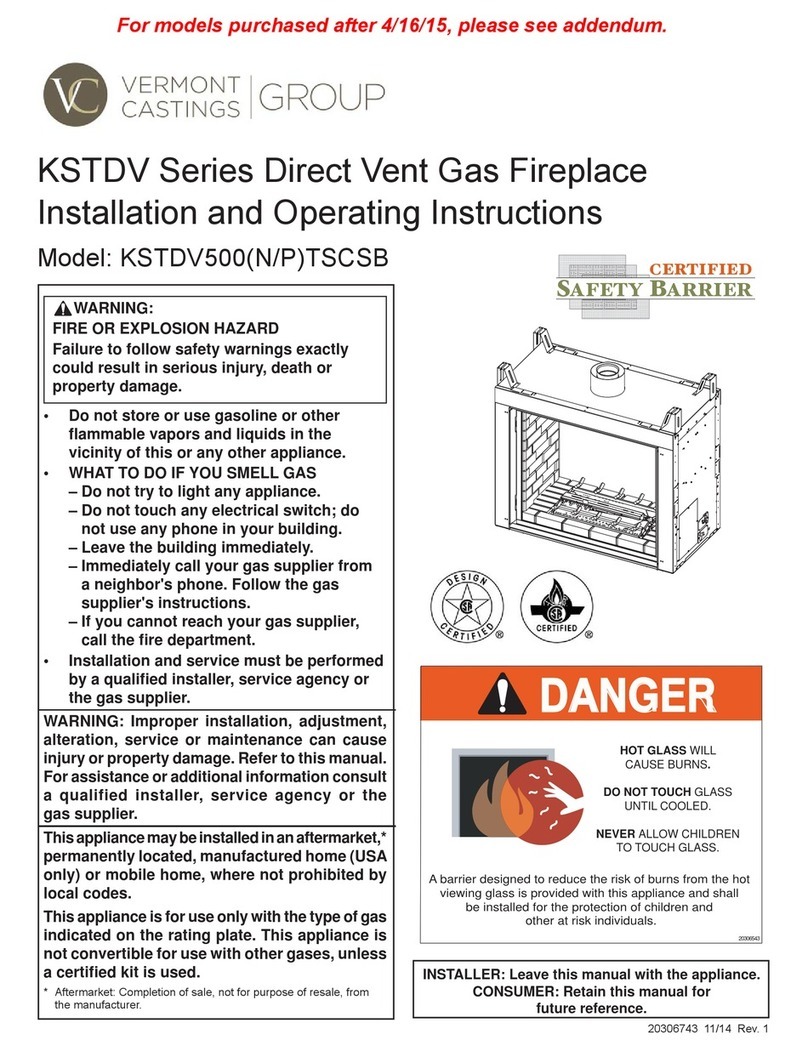
Vermont Castings
Vermont Castings KSTDV500(N/P)TSCSB User manual
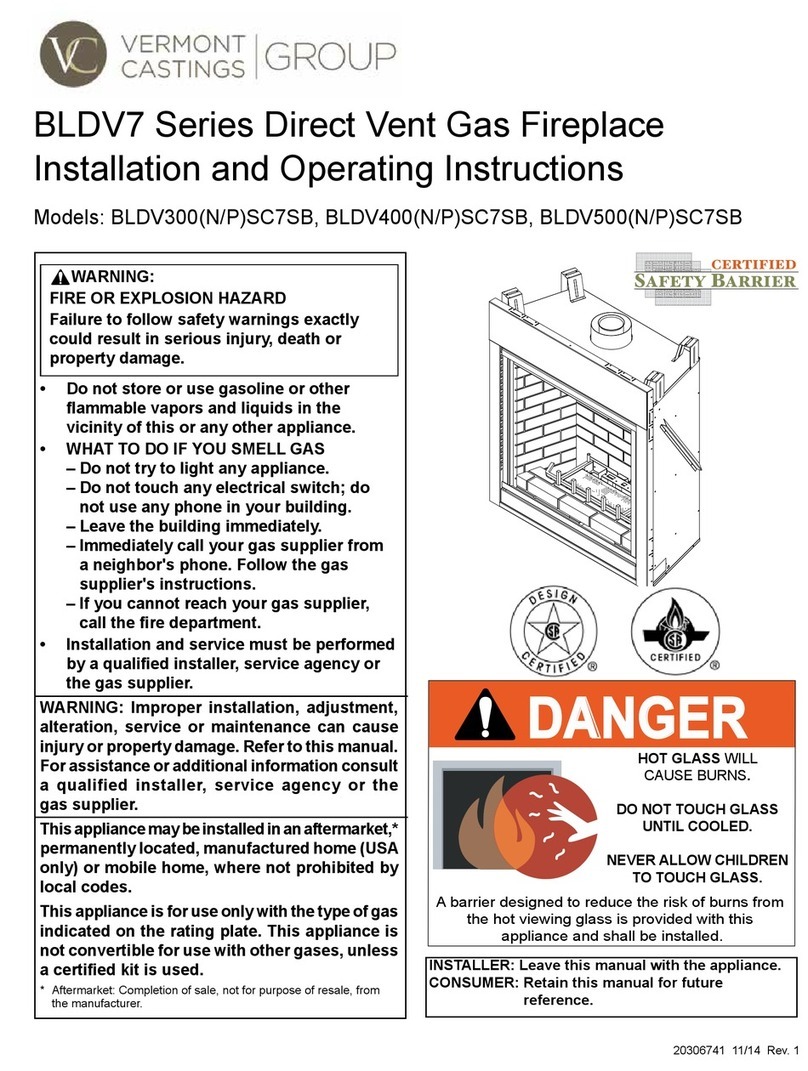
Vermont Castings
Vermont Castings BLDV300N SC7SB User manual
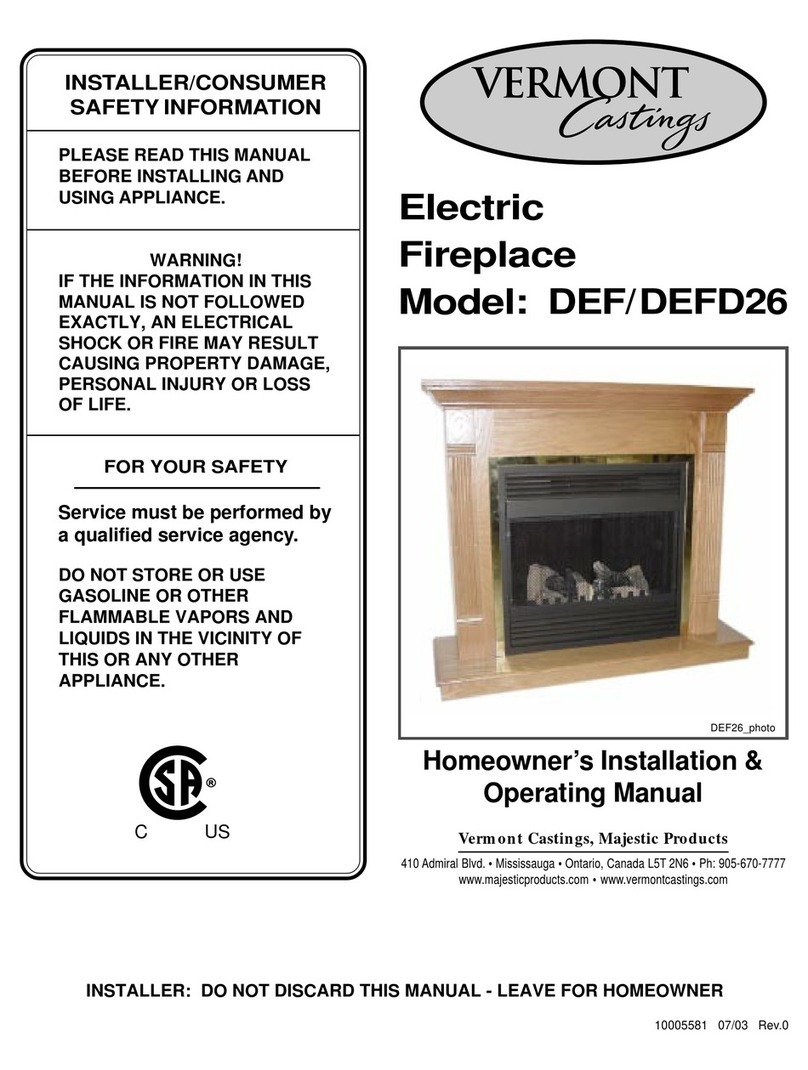
Vermont Castings
Vermont Castings DEF User manual
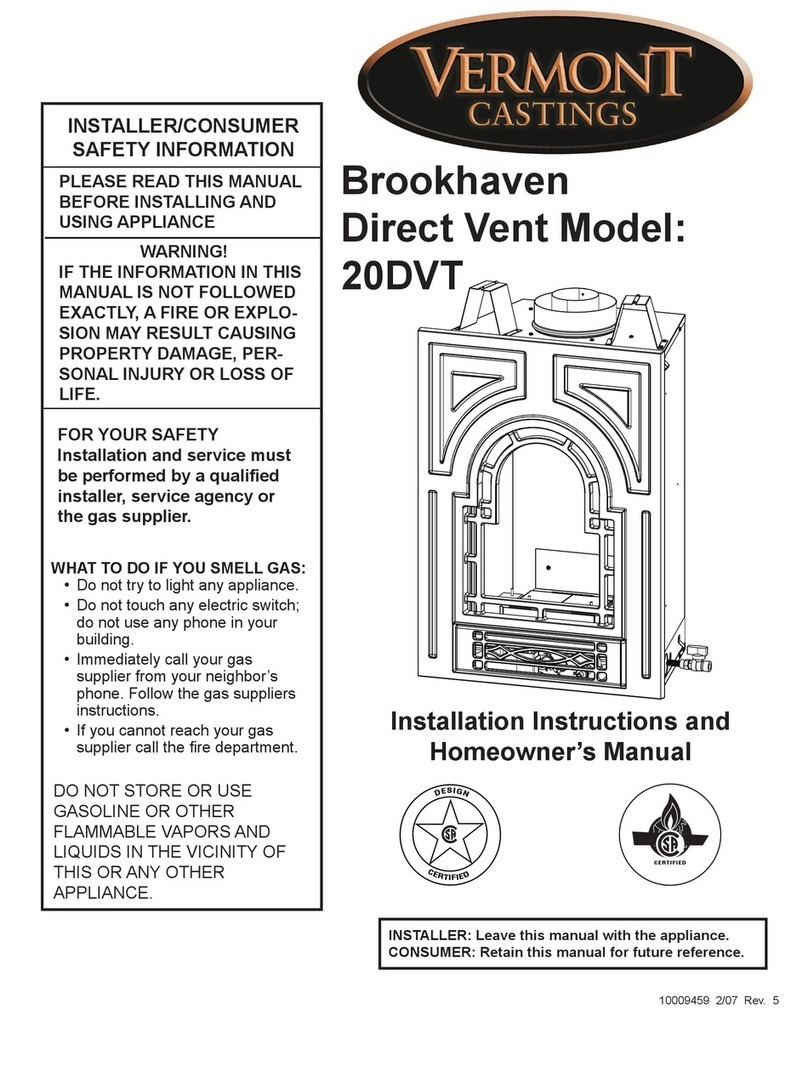
Vermont Castings
Vermont Castings Brookhaven 20DVT Assembly instructions

Vermont Castings
Vermont Castings Merrimack User manual
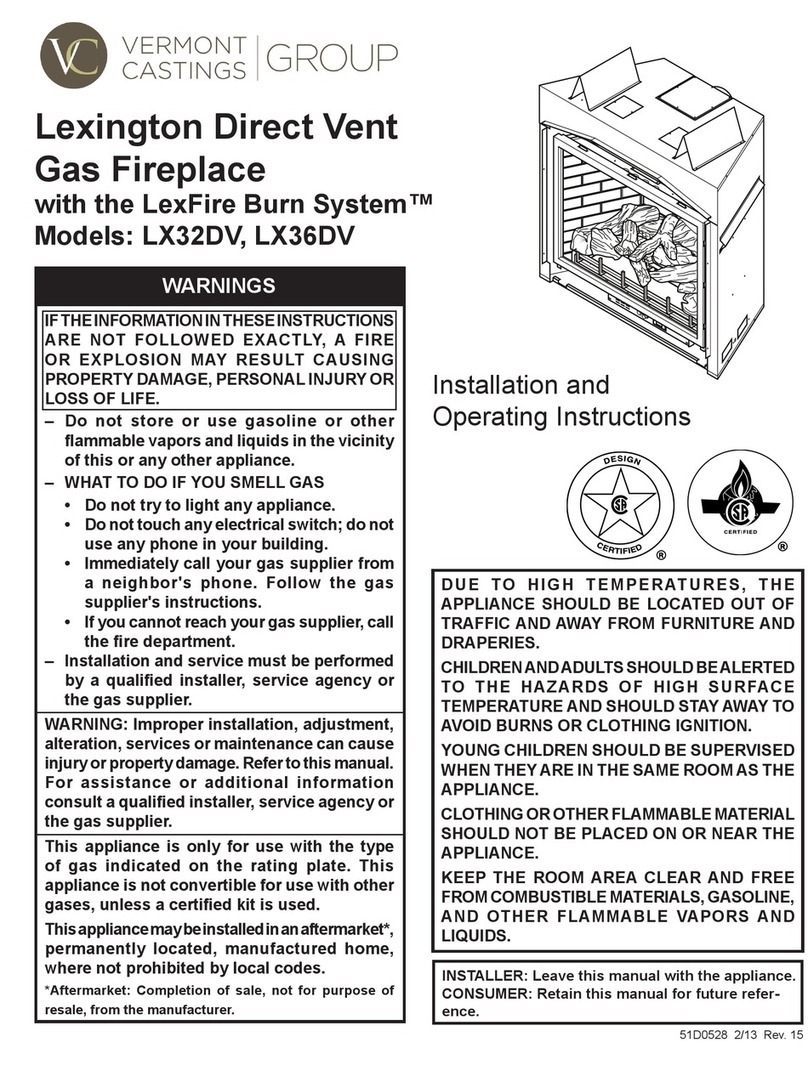
Vermont Castings
Vermont Castings Lexington LX32DV User manual

Vermont Castings
Vermont Castings Chateau DVT38S2 Assembly instructions
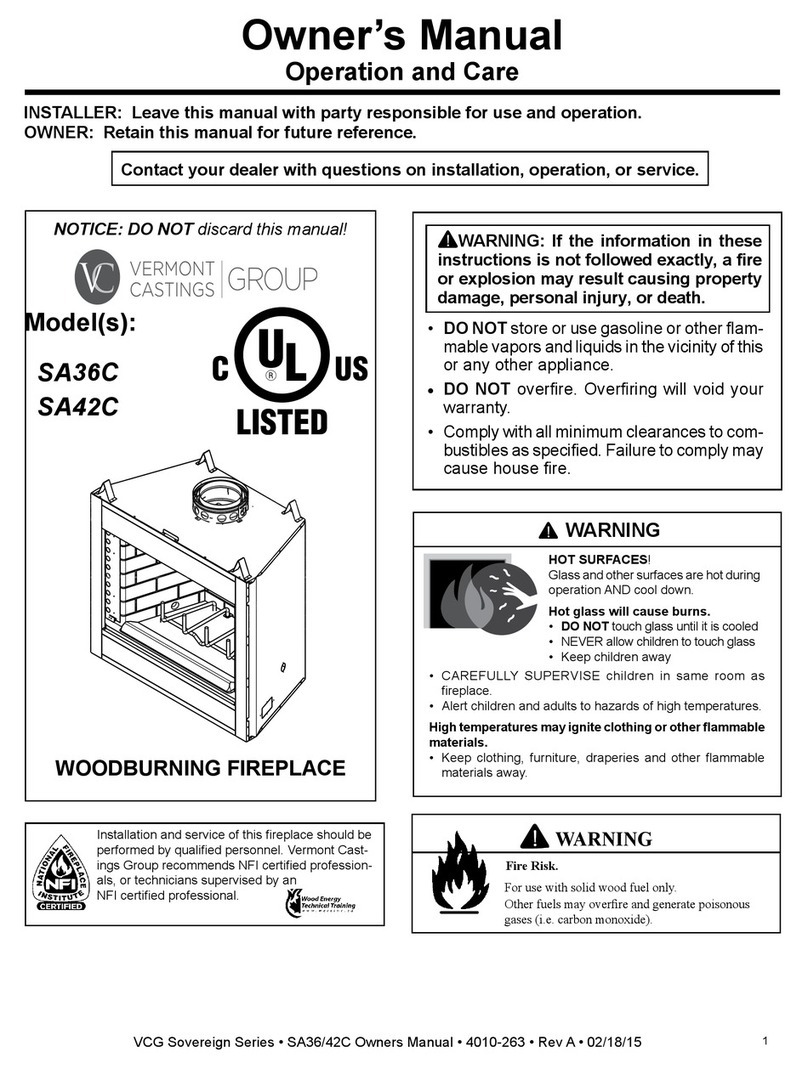
Vermont Castings
Vermont Castings SA36C User manual

Vermont Castings
Vermont Castings Montpelier Mounting instructions
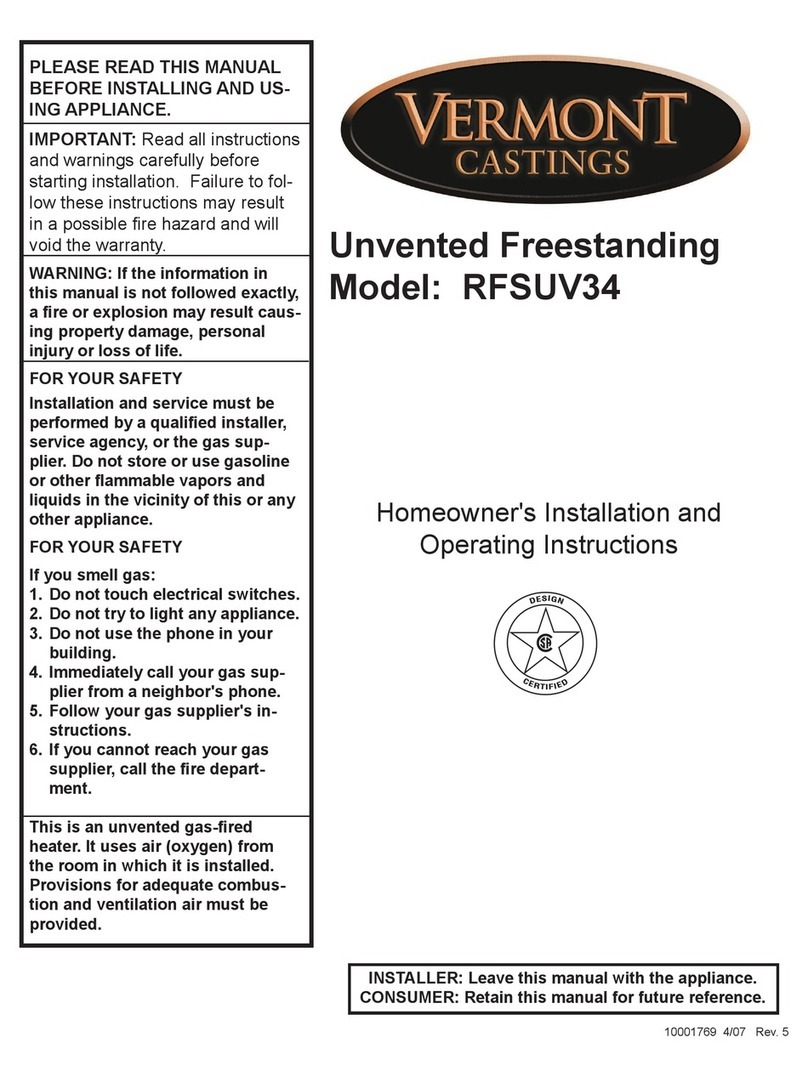
Vermont Castings
Vermont Castings RFSUV34 Mounting instructions

Vermont Castings
Vermont Castings 300DVBHNV7 Mounting instructions
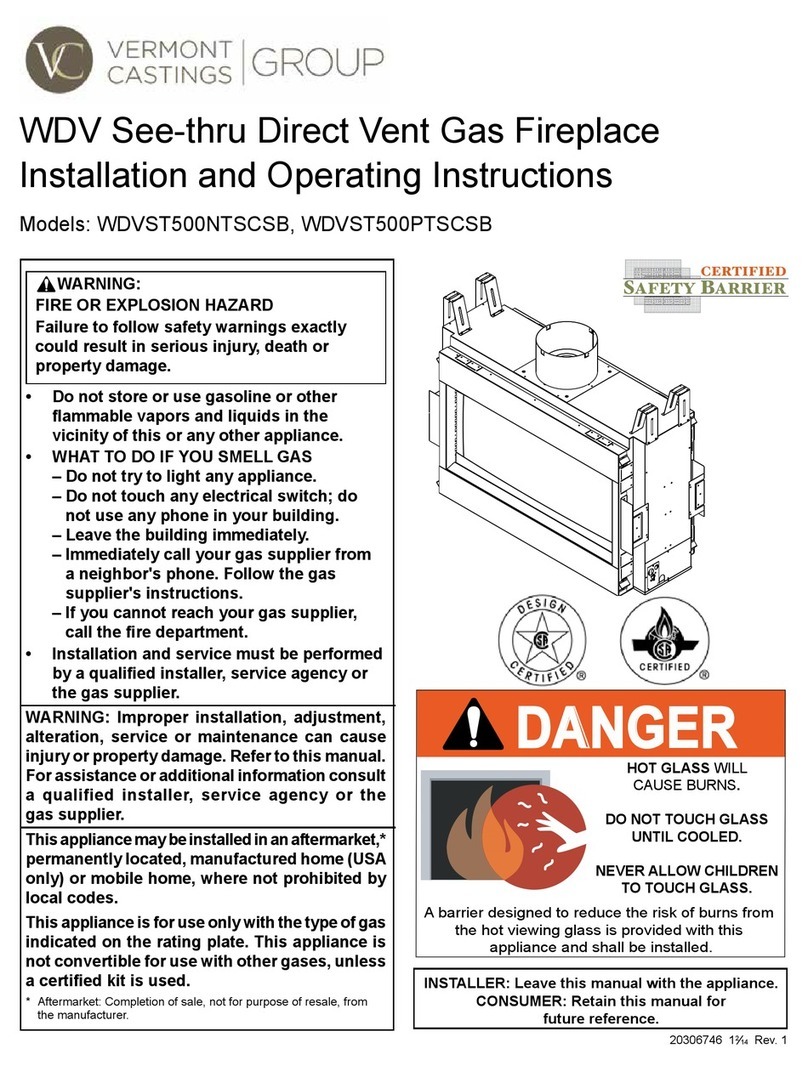
Vermont Castings
Vermont Castings WDVST500NTSCSB User manual
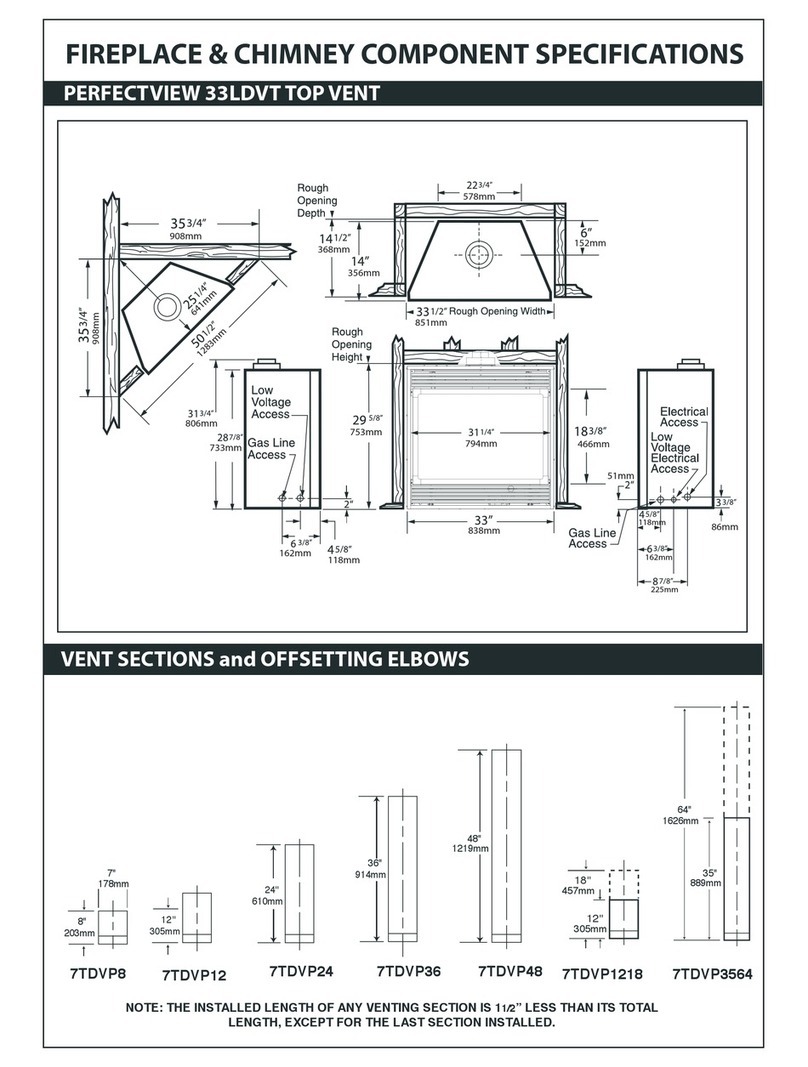
Vermont Castings
Vermont Castings Indoor Gas Fireplace 33LDVT User manual
Popular Indoor Fireplace manuals by other brands
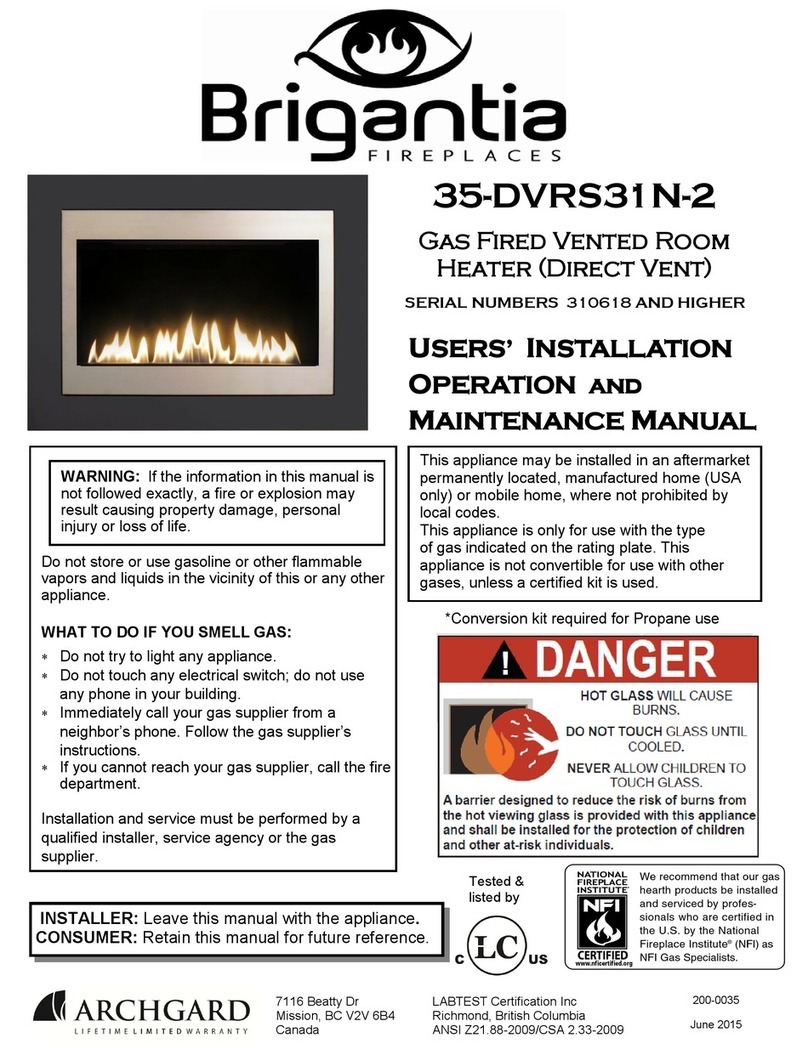
Brigantia
Brigantia 35-DVRS31N-2 User's installation, operation and maintenance manual
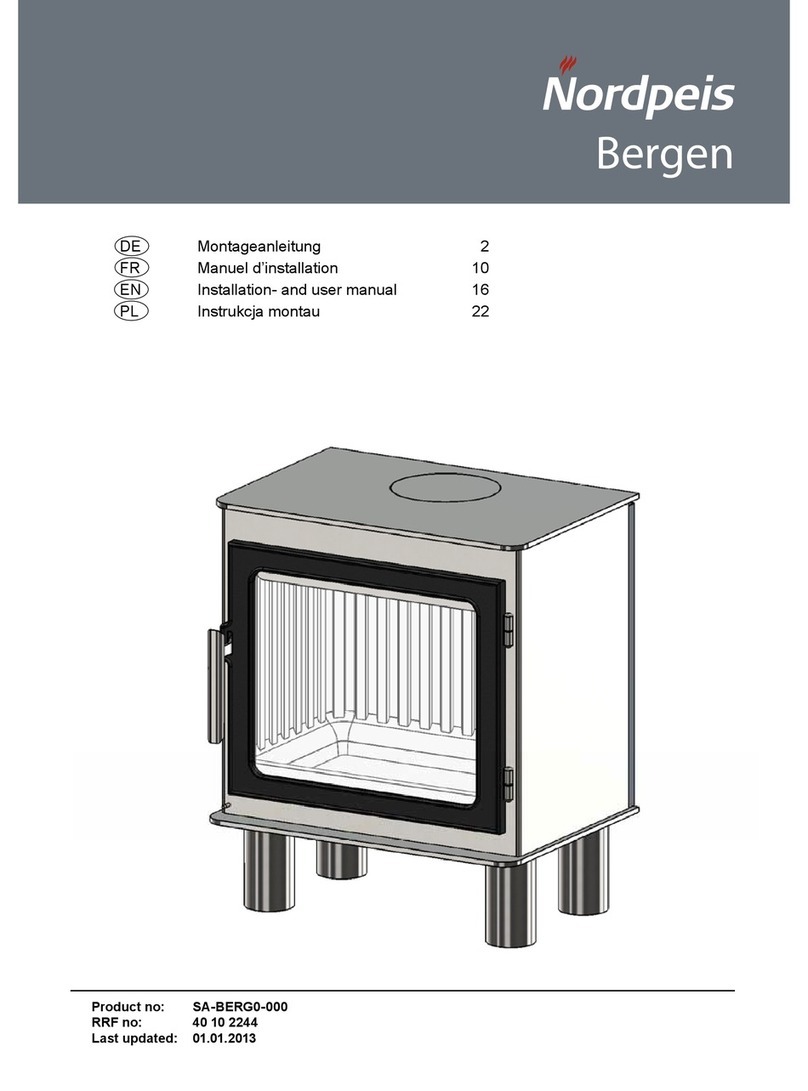
Nordpeis
Nordpeis Bergen Installation and user manual

Superior
Superior BCT2536TMN Installation and operation instructions

Quadra-Fire
Quadra-Fire 5100I-GD-B owner's manual
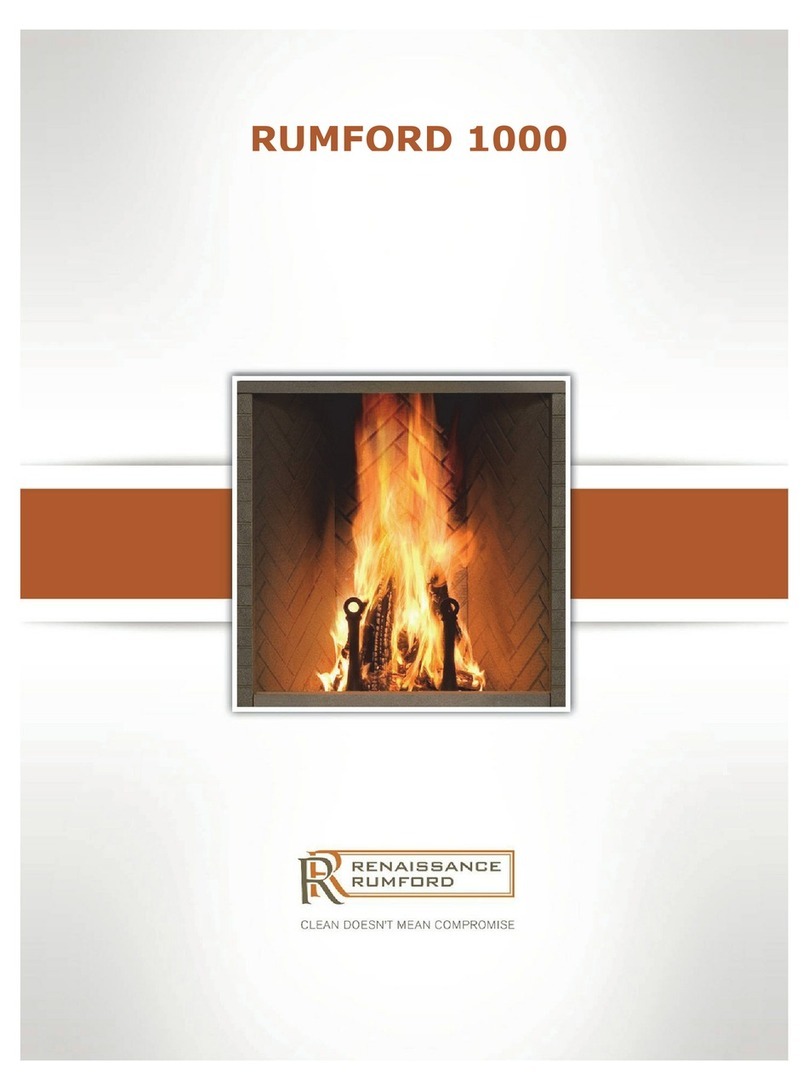
Renaissance
Renaissance RUMFORD 1000 user manual
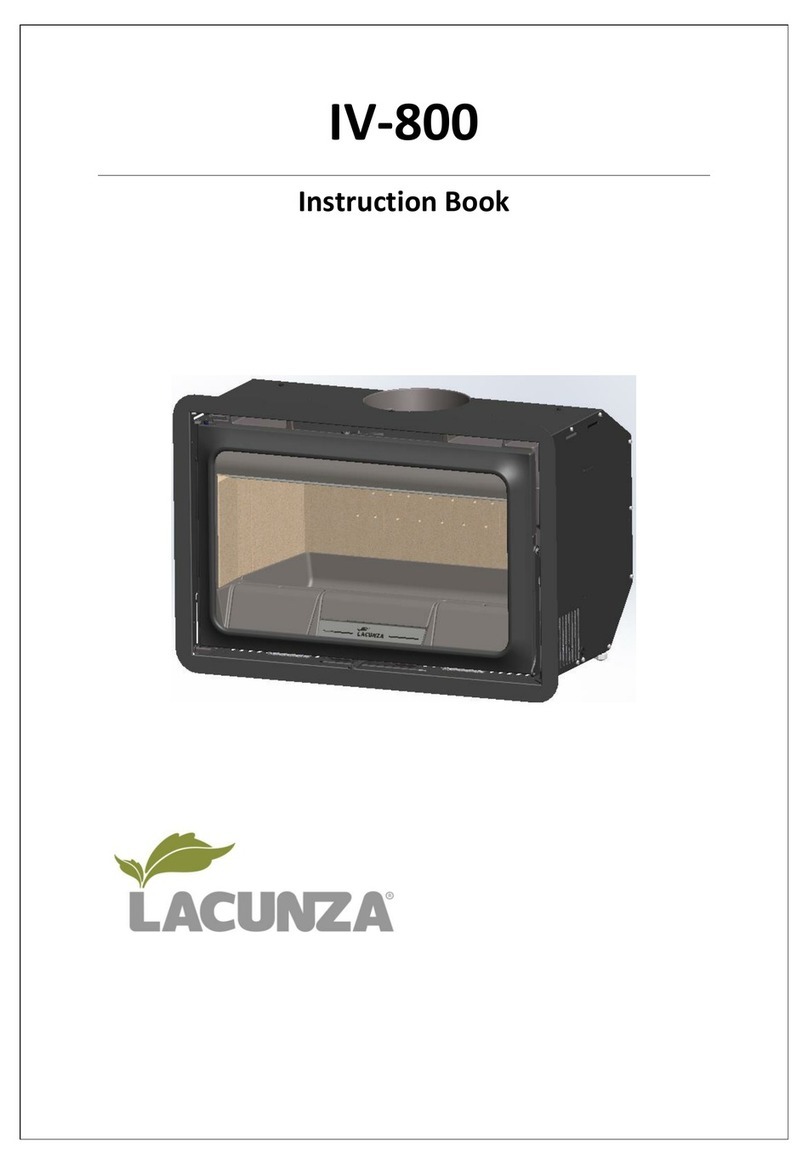
Lacunza
Lacunza IV-800 Instruction book
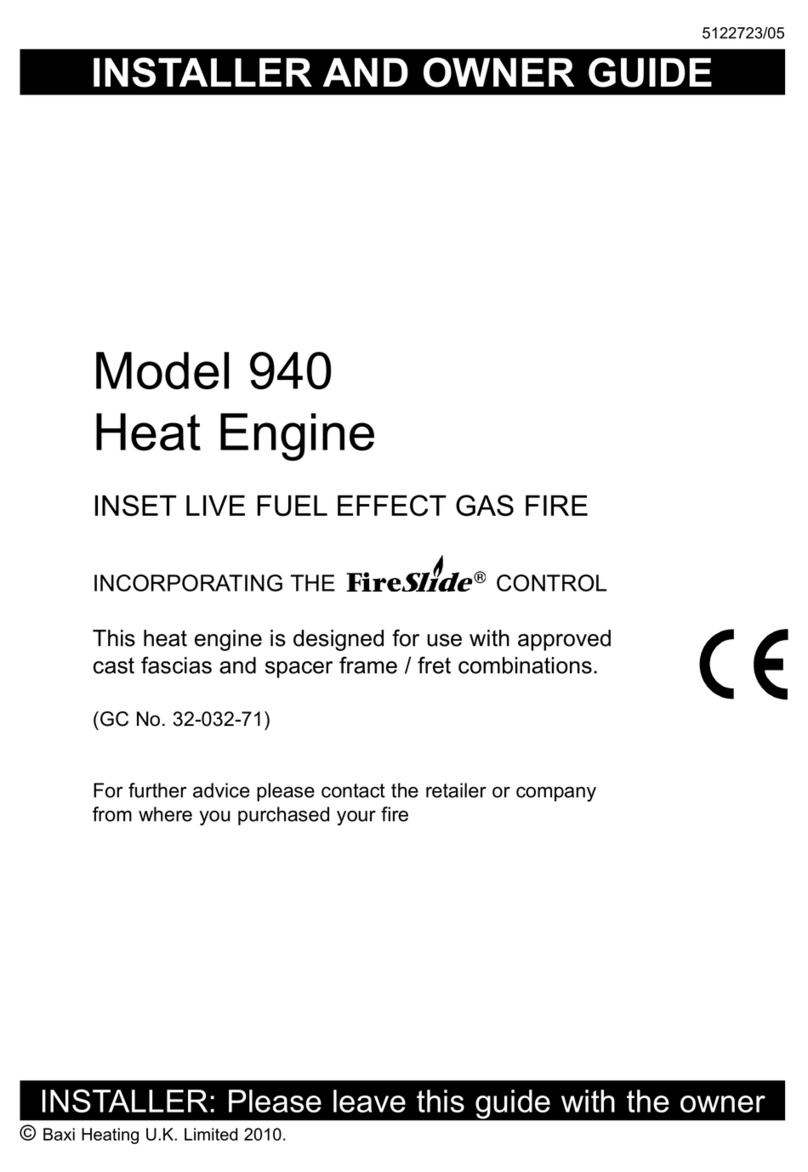
Baxi
Baxi 940 Installer and owner guide
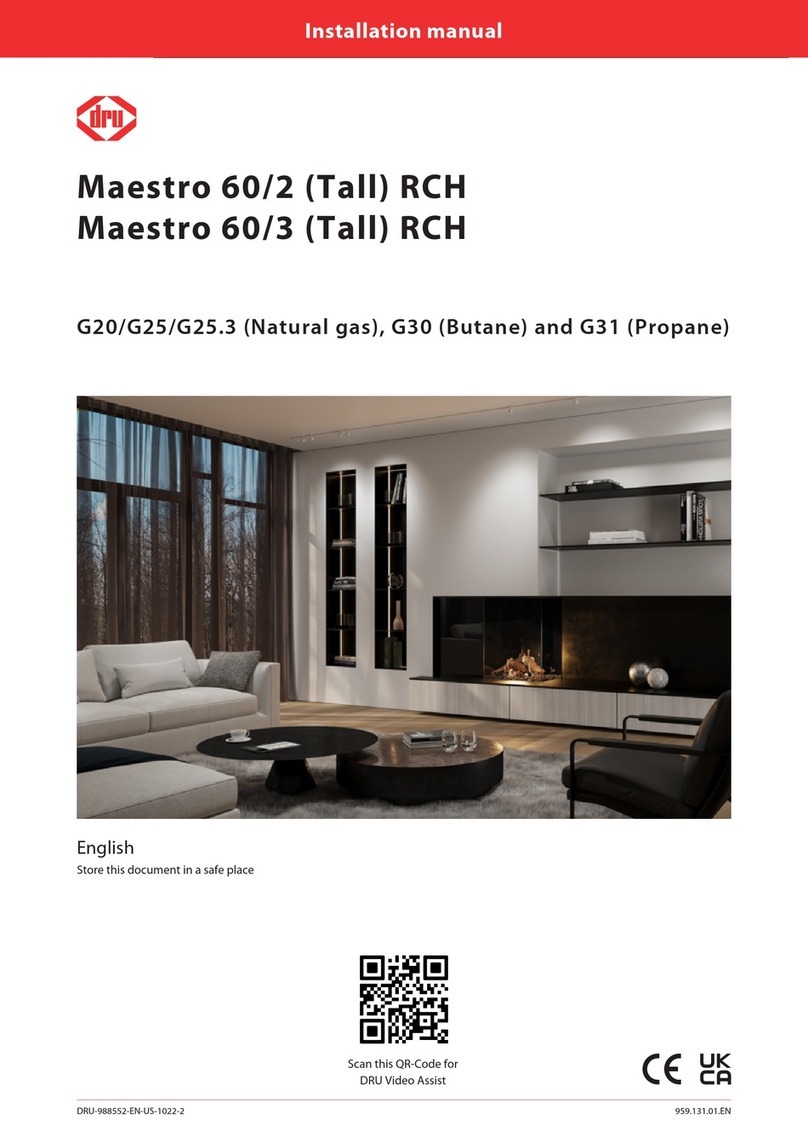
Dru
Dru Maestro 60/2 Tall RCH installation manual
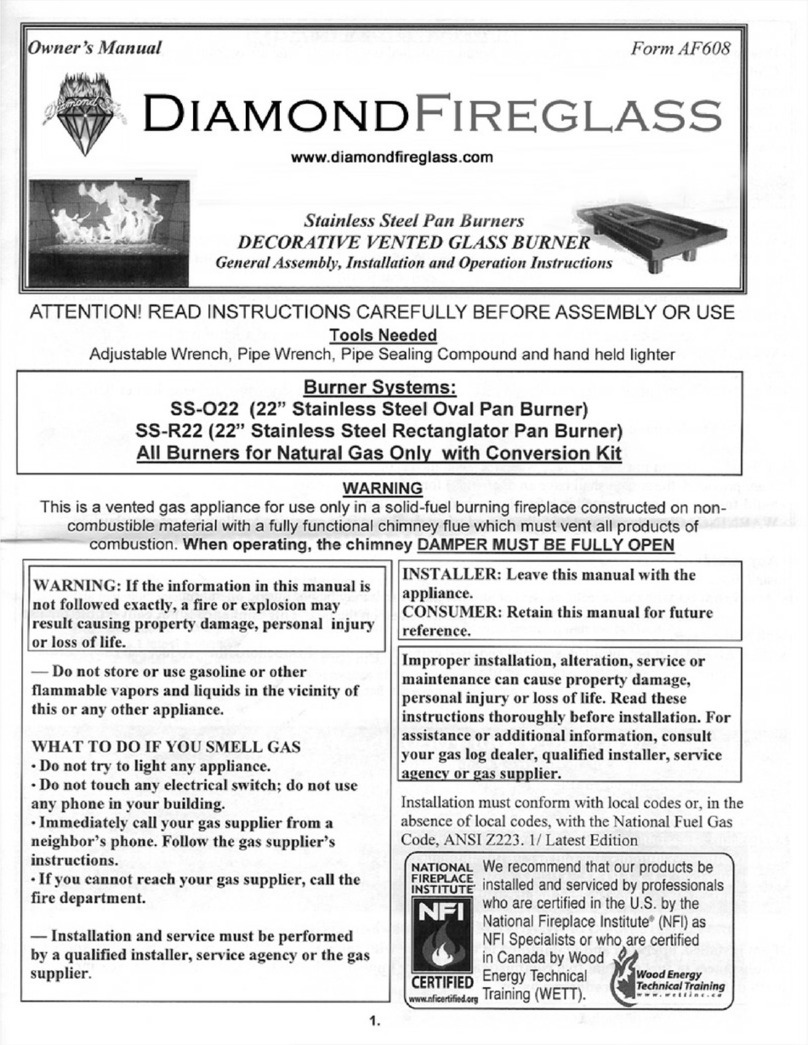
Diamond Fireglass
Diamond Fireglass SS-O22 General assembly, installation, and operation instructions

HearthStone
HearthStone Windsor Bay 8830 Owner's manual and installation guide

Napoleon
Napoleon ASCENT B42 quick start guide
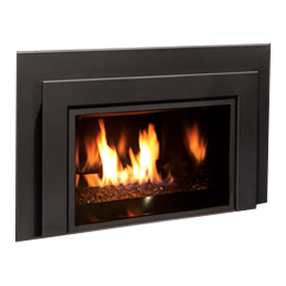
Enviro
Enviro E33GI owner's manual
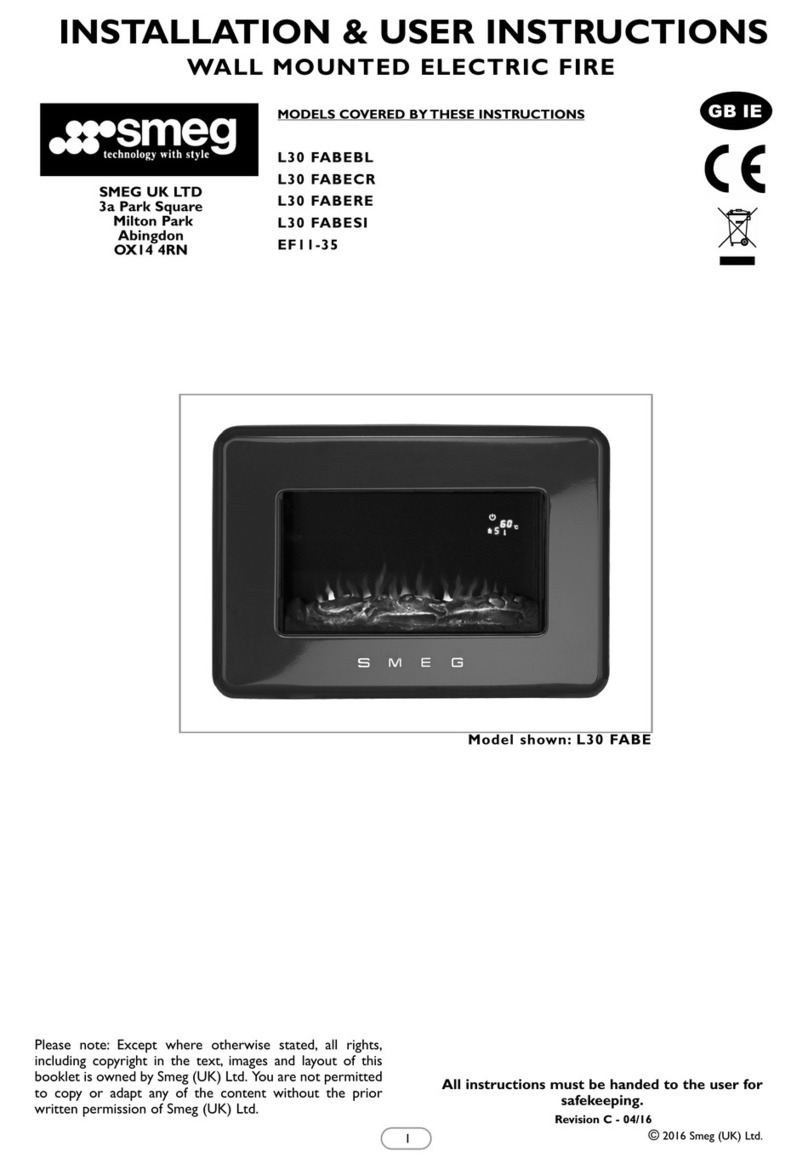
Smeg
Smeg L30 FABE Installation & user's instructions

KEDDY
KEDDY K700 Installation instructions care and firing instructions
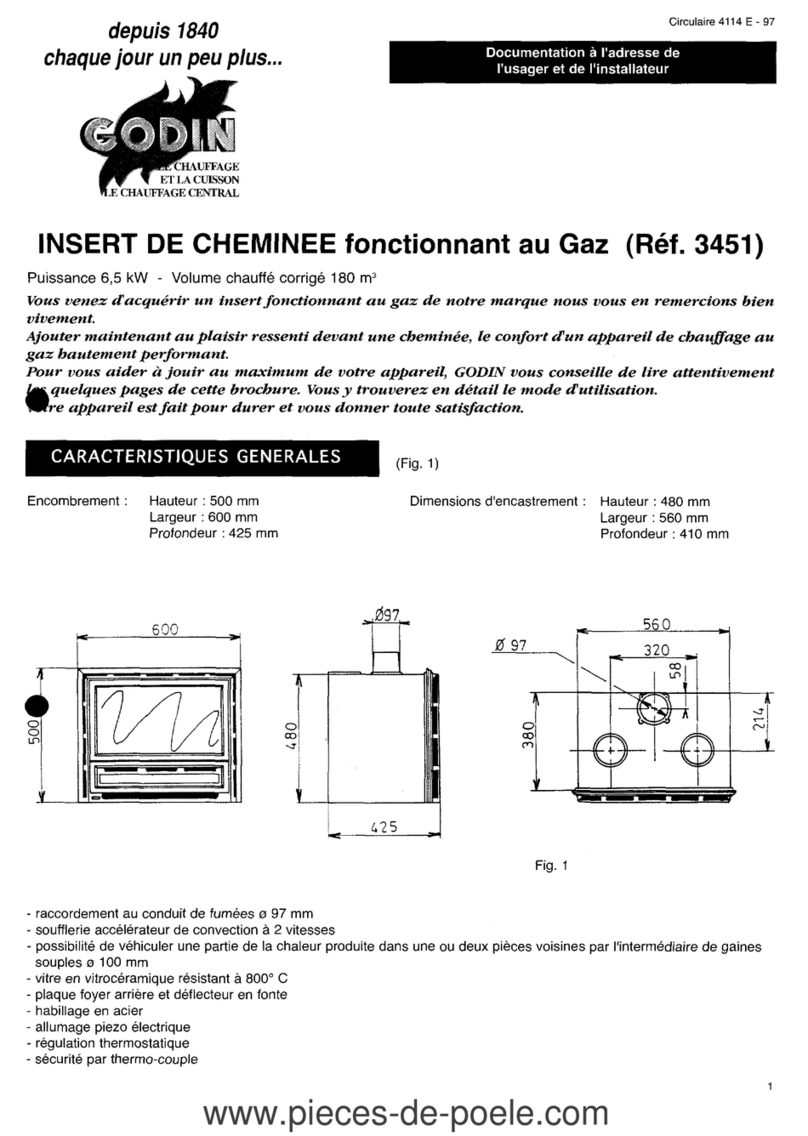
Godin
Godin 3451 manual
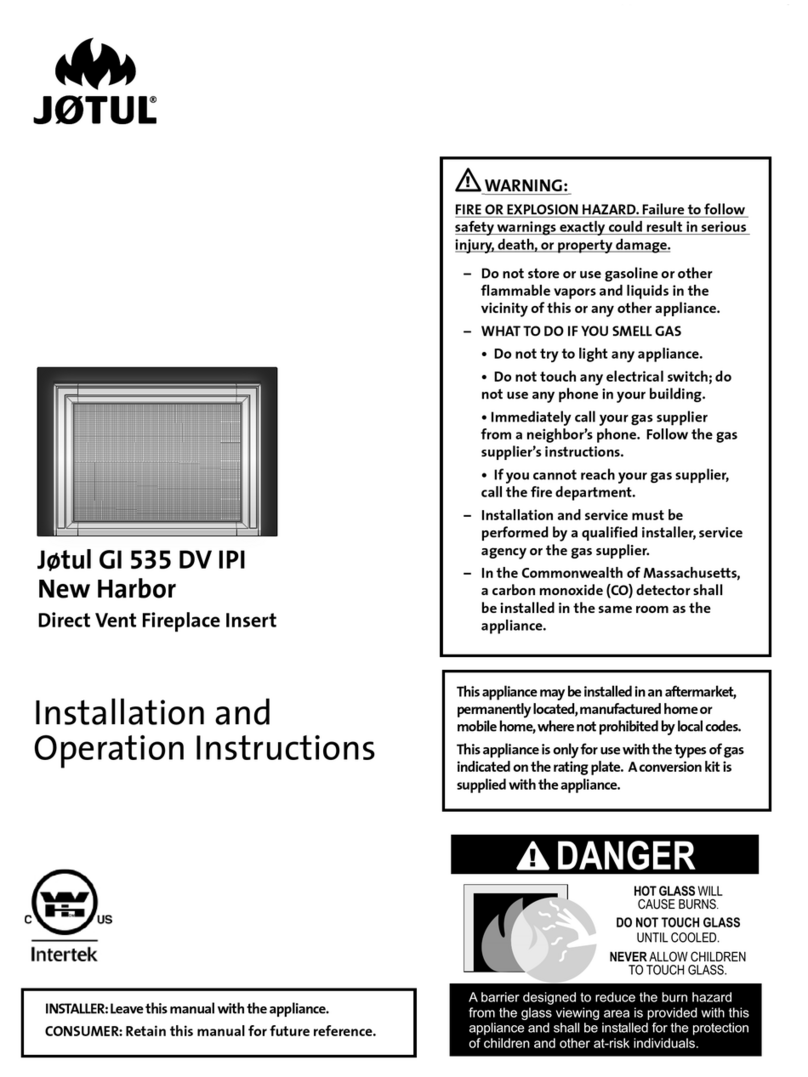
Jøtul
Jøtul Jotul GI 535 DV IPI New Harbor Installation and operation instructions
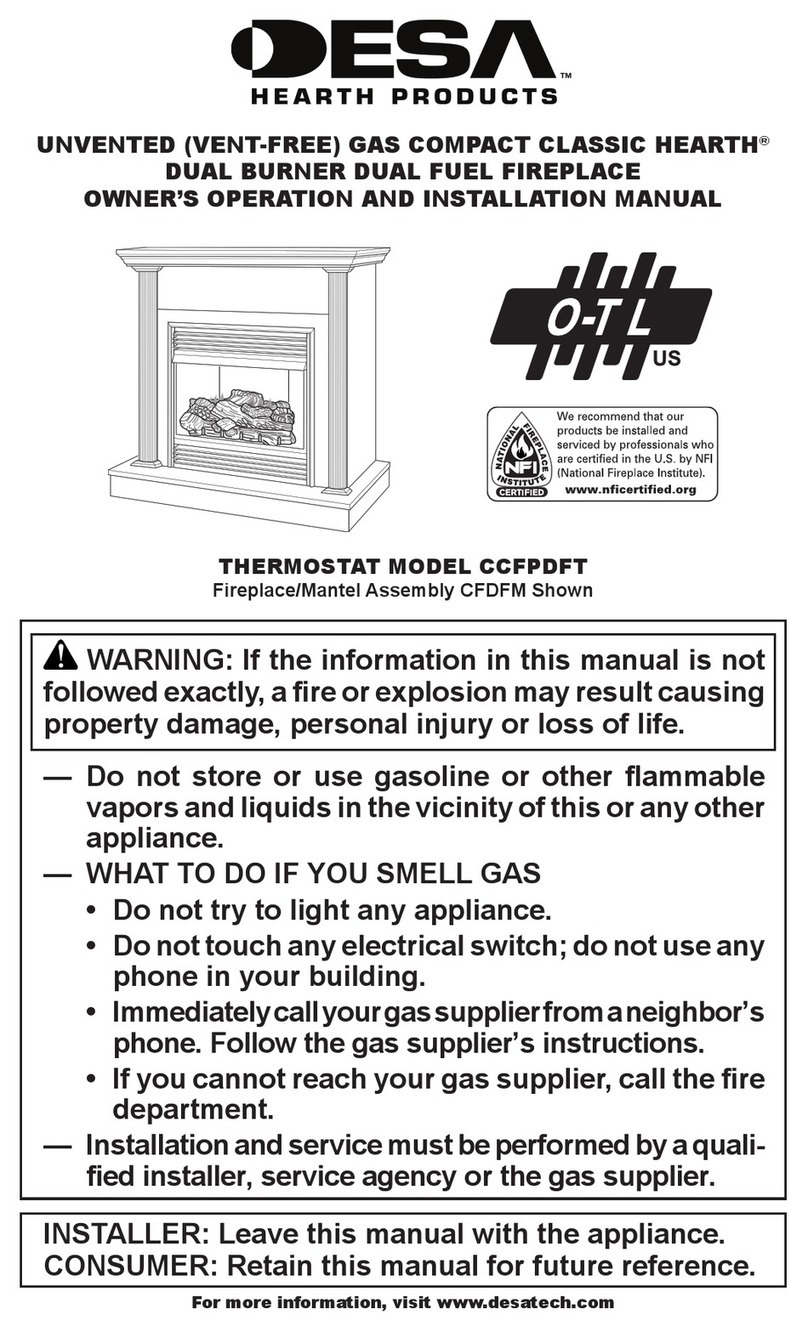
Desa
Desa CCFPDFT Owner's operating & installation manual

Miles Industries
Miles Industries Vogue 1300IRN Installation & operating instructions
